By Tyler Griffin
Photos by Elana Emer
The Ryerson School of Fashion held its 31st annual Mass Exodus runway—considered to be the largest student-run fashion show in the world—on April 6 at Daniels Spectrum. The event gives fourth-year fashion design students an opportunity to display their capstone collections to industry professionals and potential employers.
The final invitation-only show of the evening featured the top 19 collections from shows earlier in the day. This year, the show was based around the theme of “An Inevitable Shift.”
What made this year’s curated Mass Exodus show stand apart from past years was its diversity on the runway—not as the focal point but as a normalized aspect of the show.
Students’ designs were based on a myriad of inspirations, from Cree heritage and the #MeToo movement, to The Simpsons and ’90s Hong Kong cinema. They also featured various design practices including Indigenous beading, 3D printing, laser cutting, patchwork and metal work, to name a few.
Memorable collections came from designers such as Joyin Rey, whose collection took a spin on femininity by featuring male models wearing women’s clothing, and Phylicia Taylor, who created a chic and elegant line for children complete with furs and berets.
“The fashion industry is undergoing an inevitable shift, a shift that requires us to shift knowledges, to shift practices, to shift power, in order to succeed within it,” said chair of fashion Ben Barry in his opening remarks. “I couldn’t imagine a more timely theme.”
The show was curated by renowned writer, visual artist and musician Vivek Shraya. Shraya’s role as curator was to select which capstone collections to showcase in the coveted curated Mass Exodus show.
“Vivek inspires our students to draw from their identities and experiences when they develop their creative work,” said Barry. “She allows many of our students who seldom see themselves and their stories in the creative fields to be seen and heard.”
Shraya said that when she thinks of herself at her most fashion-forward, it’s not right now, but when she was in Grade 7—a time before she cared about what anyone thought she looked like. “Bring back your childhood self and your approach to fashion, that innocence and joy,” said Shraya. “This element of joy was a big factor in my curation choices for tonight’s show.”
“When you are creating clothing, you have the possibility of facilitating someone to be their best and truest self. What an incredible gift”
Shraya also asked attendees to reconsider fashion as “trivial” and “superficial,” and consider its immense influence—both positive and negative—on people’s self-worth. For the past four years, Shraya has worn the designs of Mic. Carter, who teaches a course on gender non-binary fashion at Ryerson. “Every time I put on [Carter’s] designs, I’m reminded that there’s nothing wrong with my body, my skin, my gender,” said Shraya through tears.
“When you are creating clothing, you have the possibility of facilitating someone to be their best and truest self. What an incredible gift.”
Shraya then broke into an a cappella rendition of her song “Girl It’s Your Time” to end off her remarks. “Girl it’s your body, don’t ever say you’re sorry, ‘cause you’re not a copy,” she sang.
“It makes me feel really hopeful actually, knowing that students who are on the ground level doing this work are thinking about things like diversity not just as a buzzword,” Shraya told The Eye. “Everyone, for the most part, had a very diverse group of models, which was also really exciting to see, even if the collection itself didn’t reflect ‘diversity.’”
“I think that this shift is part of saying that we want to ground fashion in inclusion and decolonization and sustainability, but still let it be fashion! Let people express themselves and have fun and be glamorous and exciting,” said Barry.
“We’re not part of an inevitable shift, we’re leading it.”
Check out photos from this year’s curated Mass Exodus runway below.
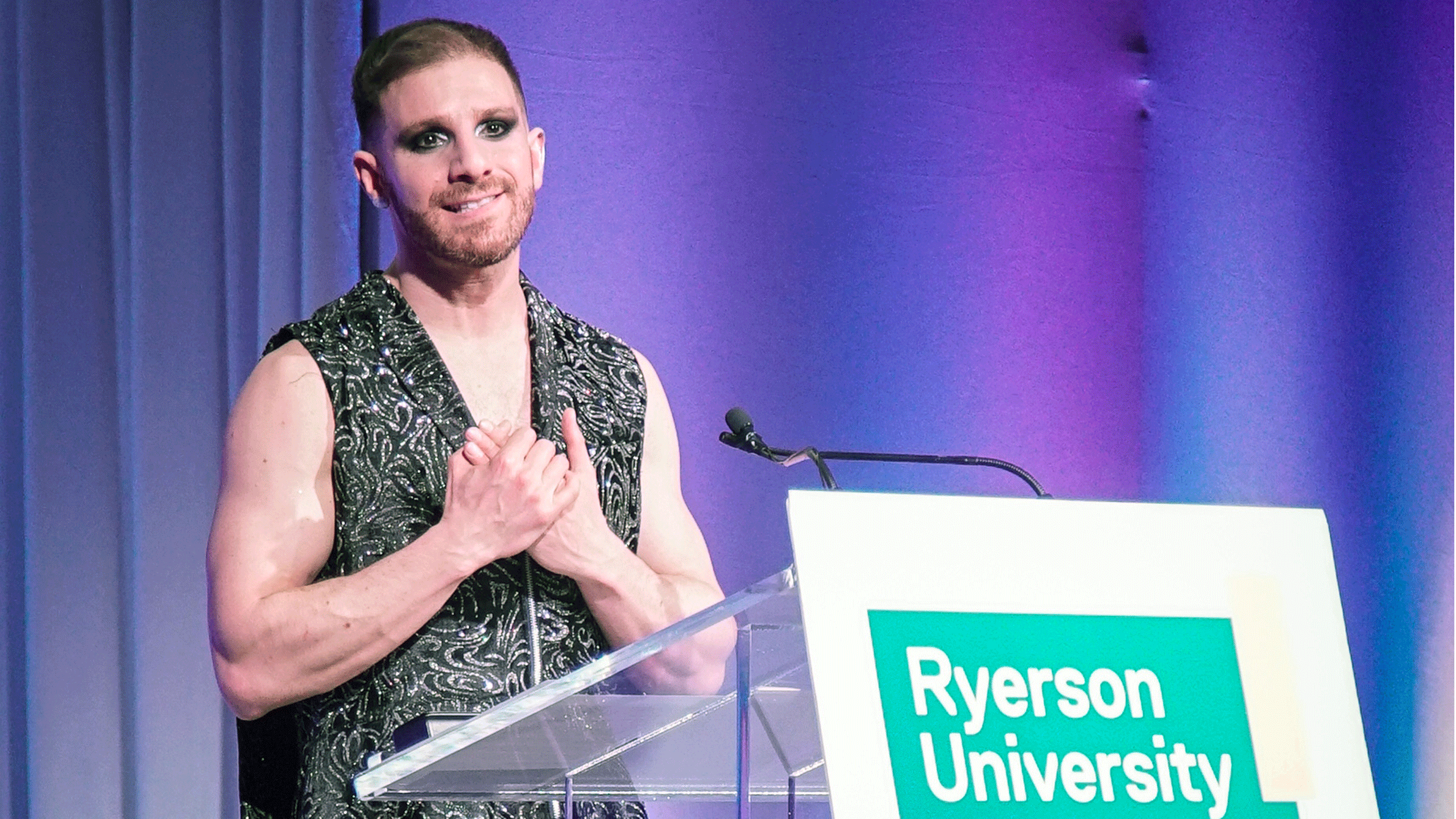
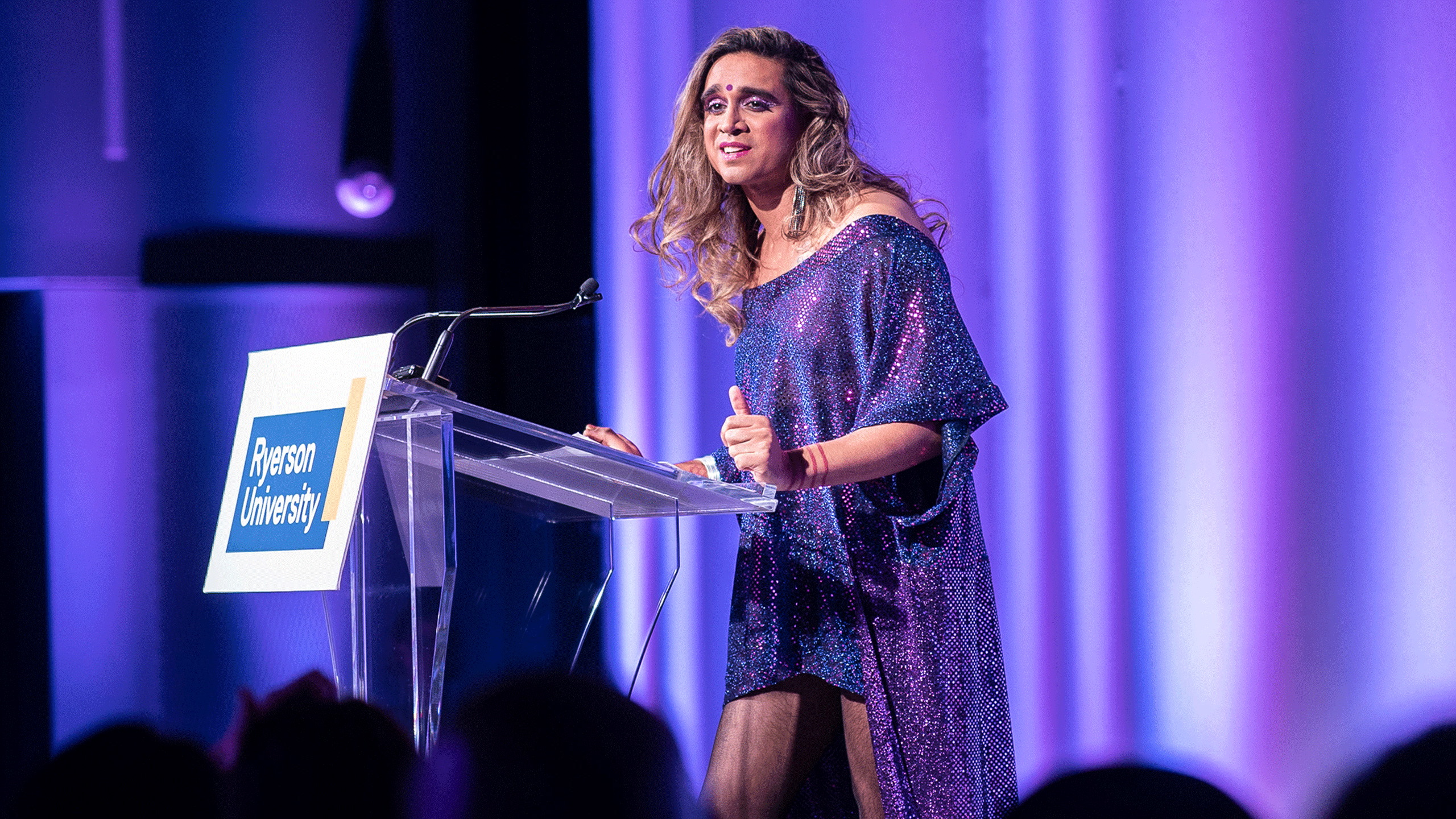
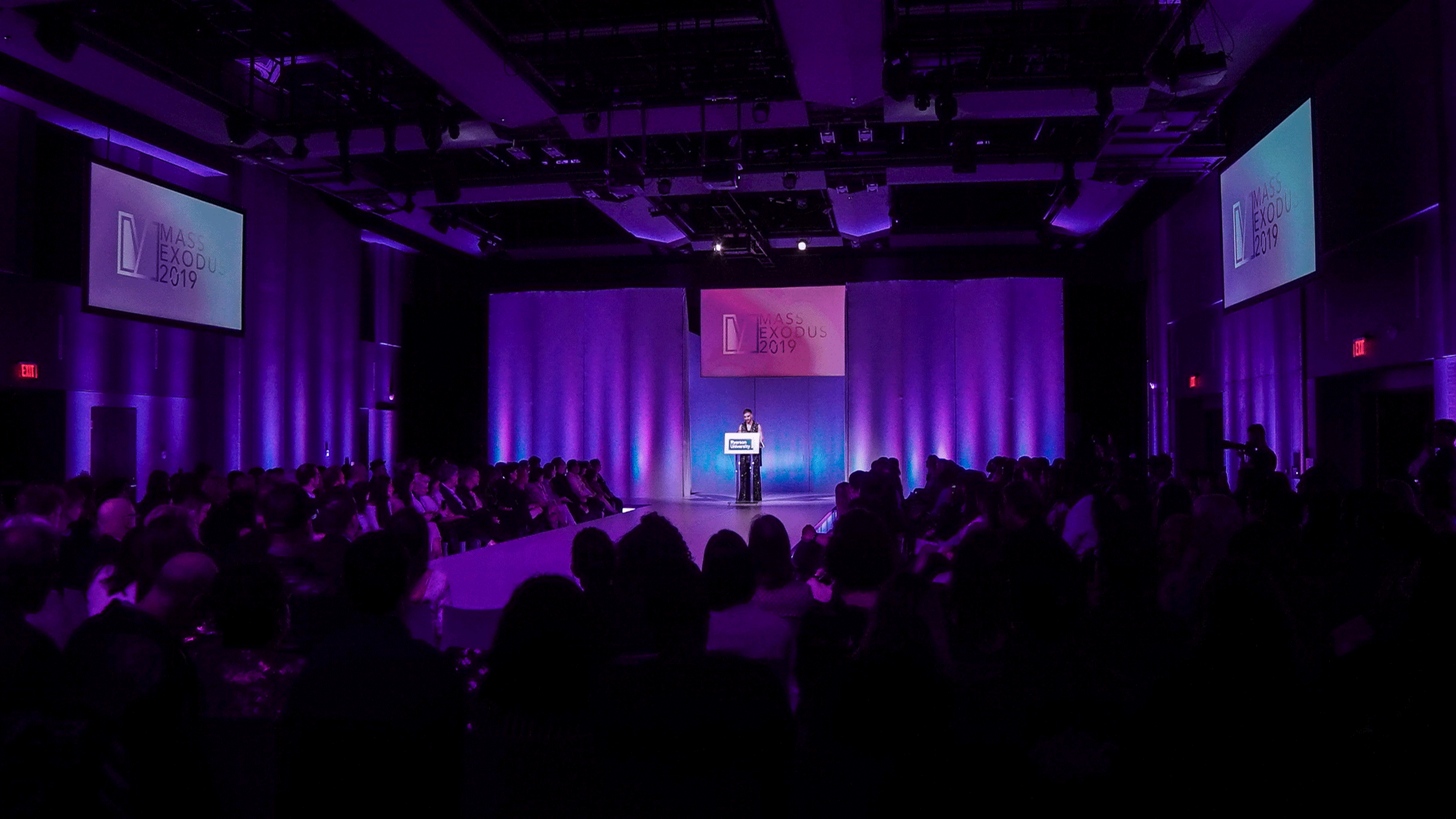
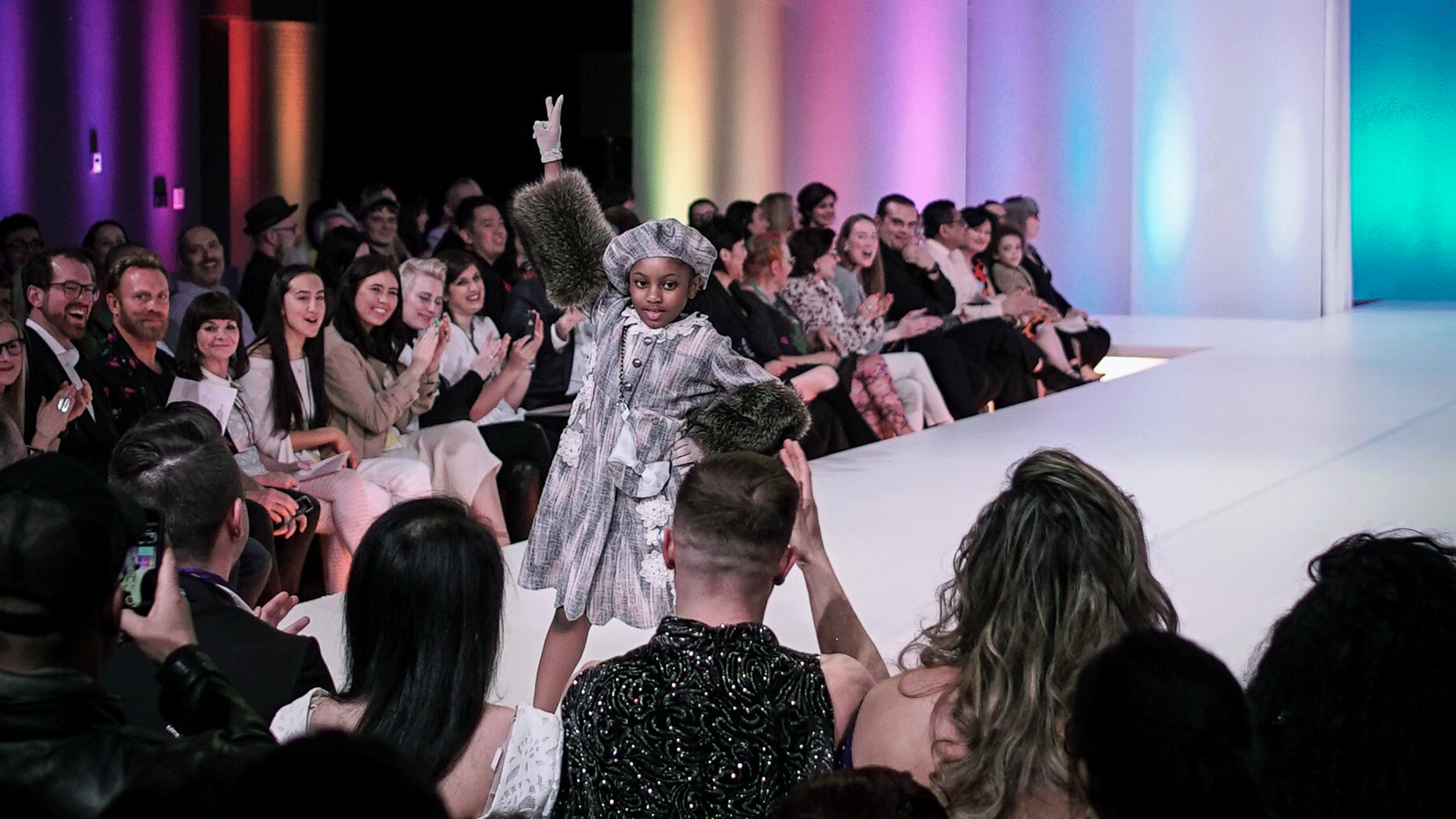
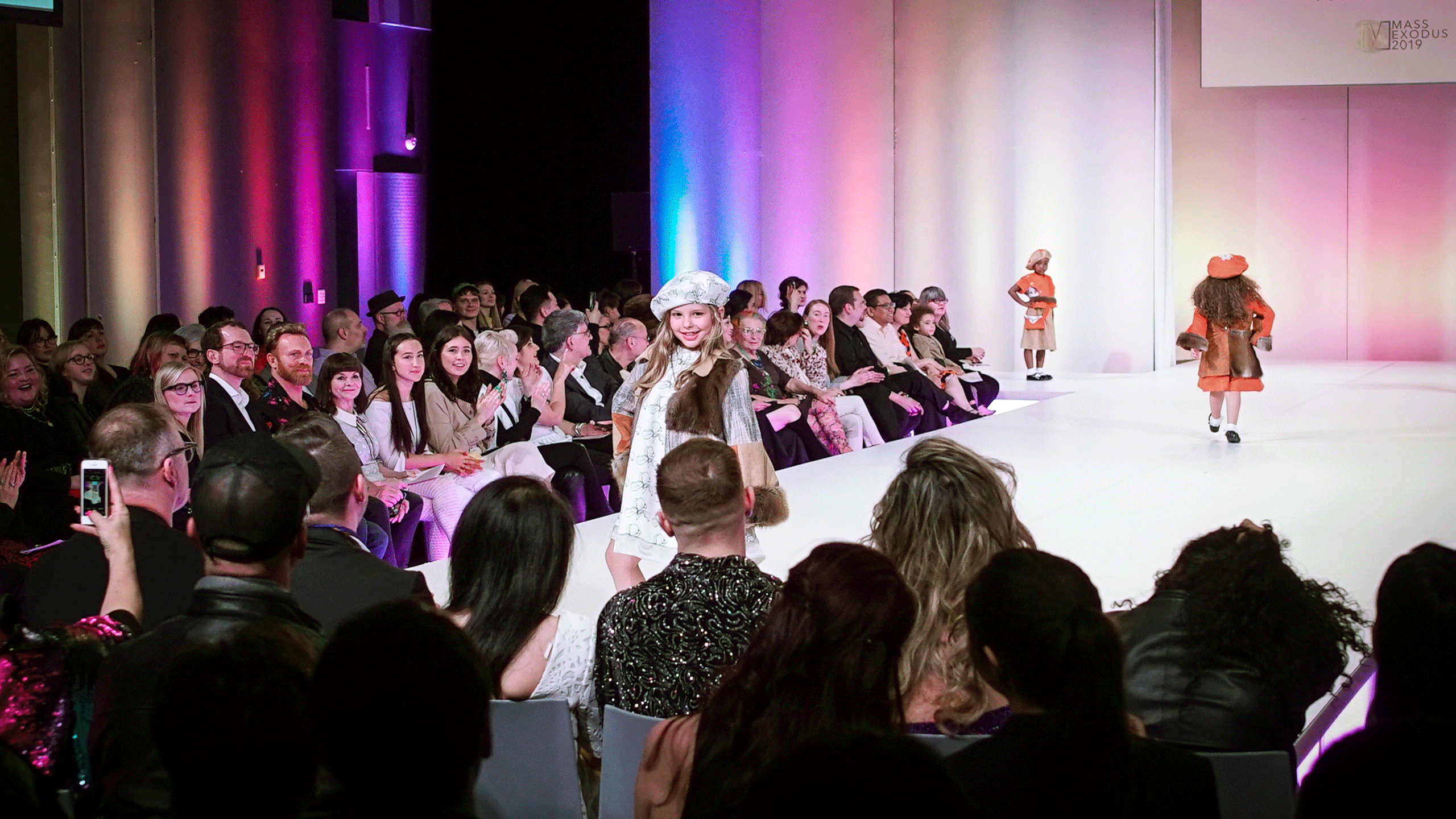
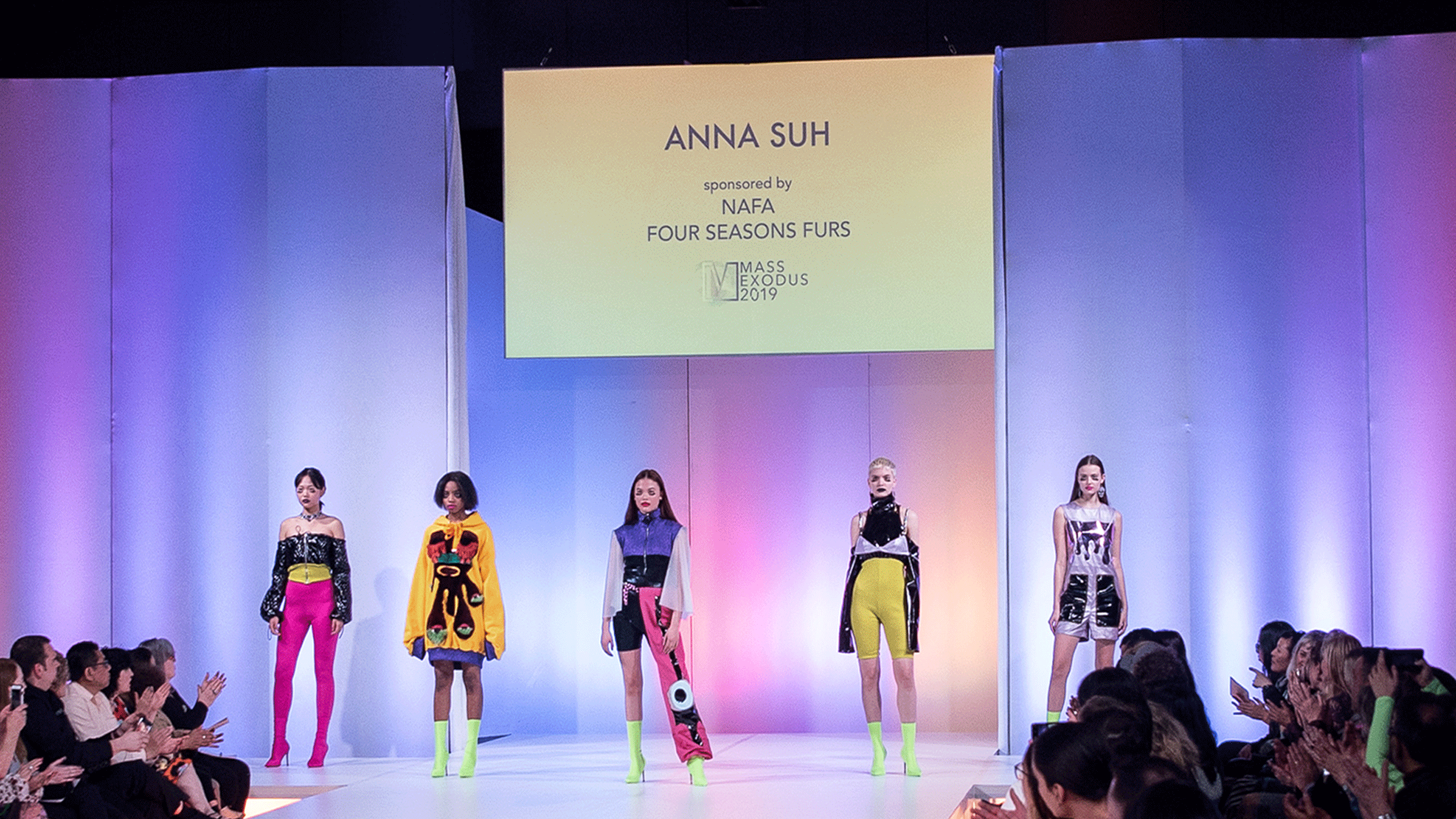
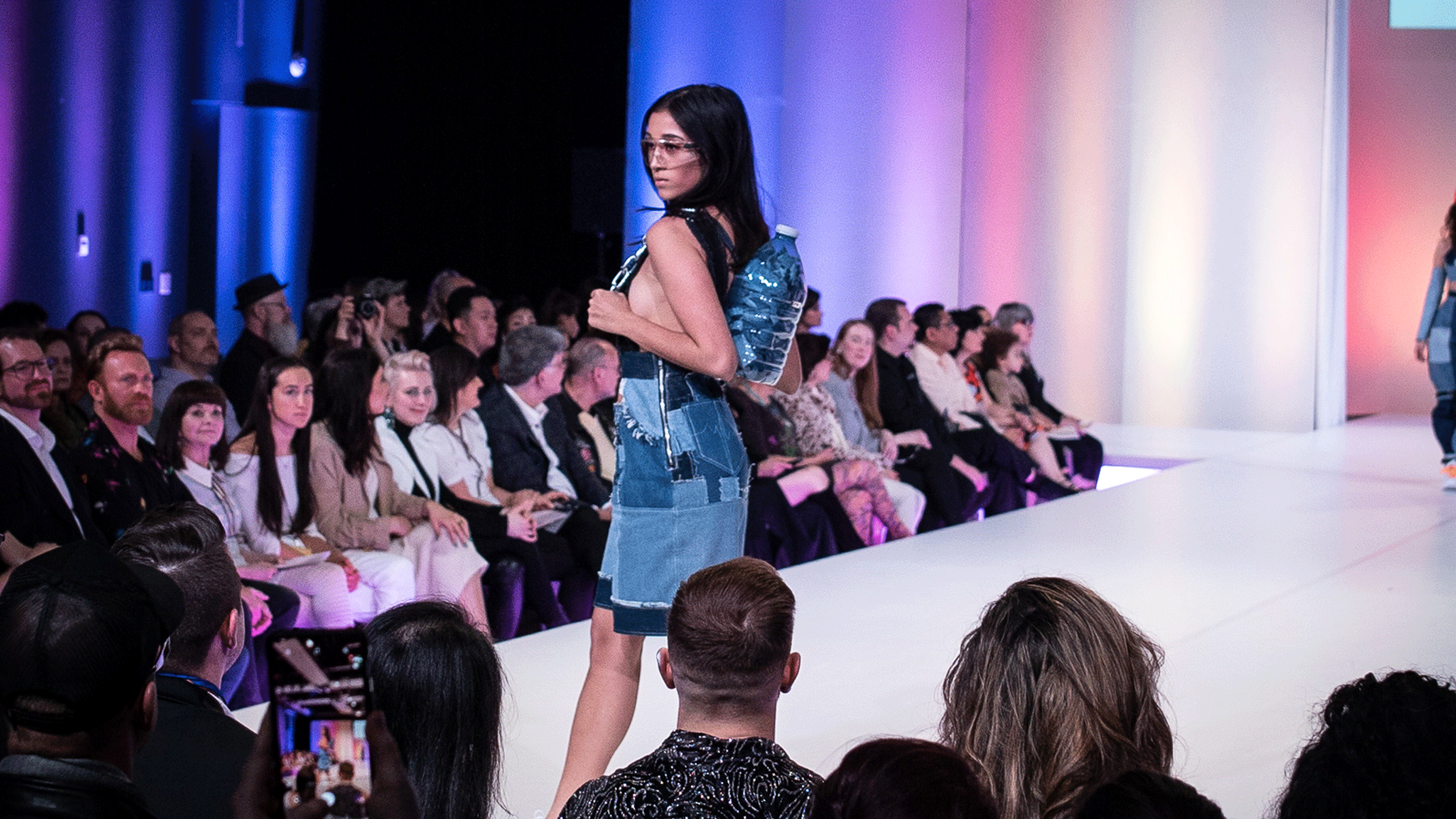
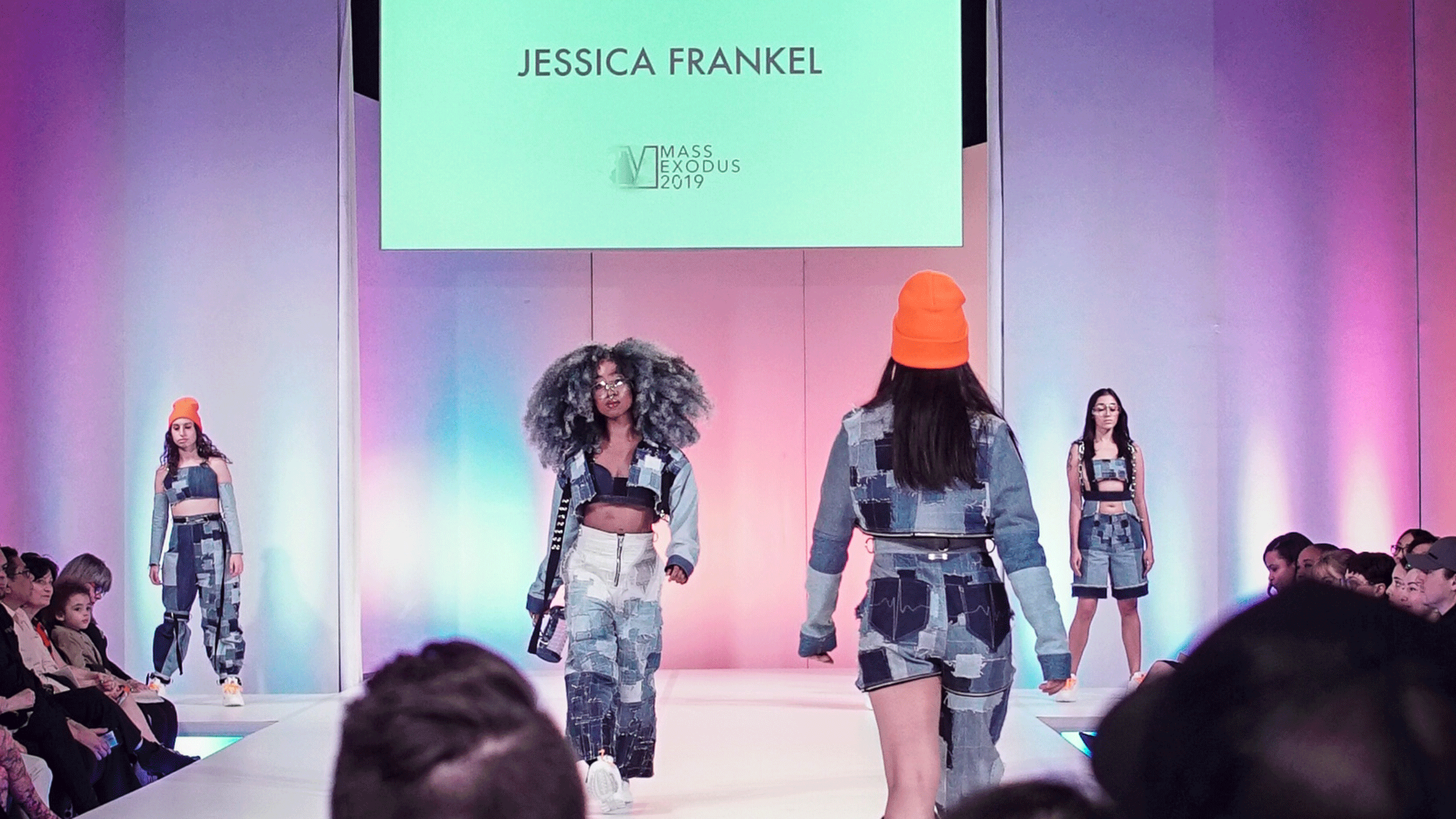
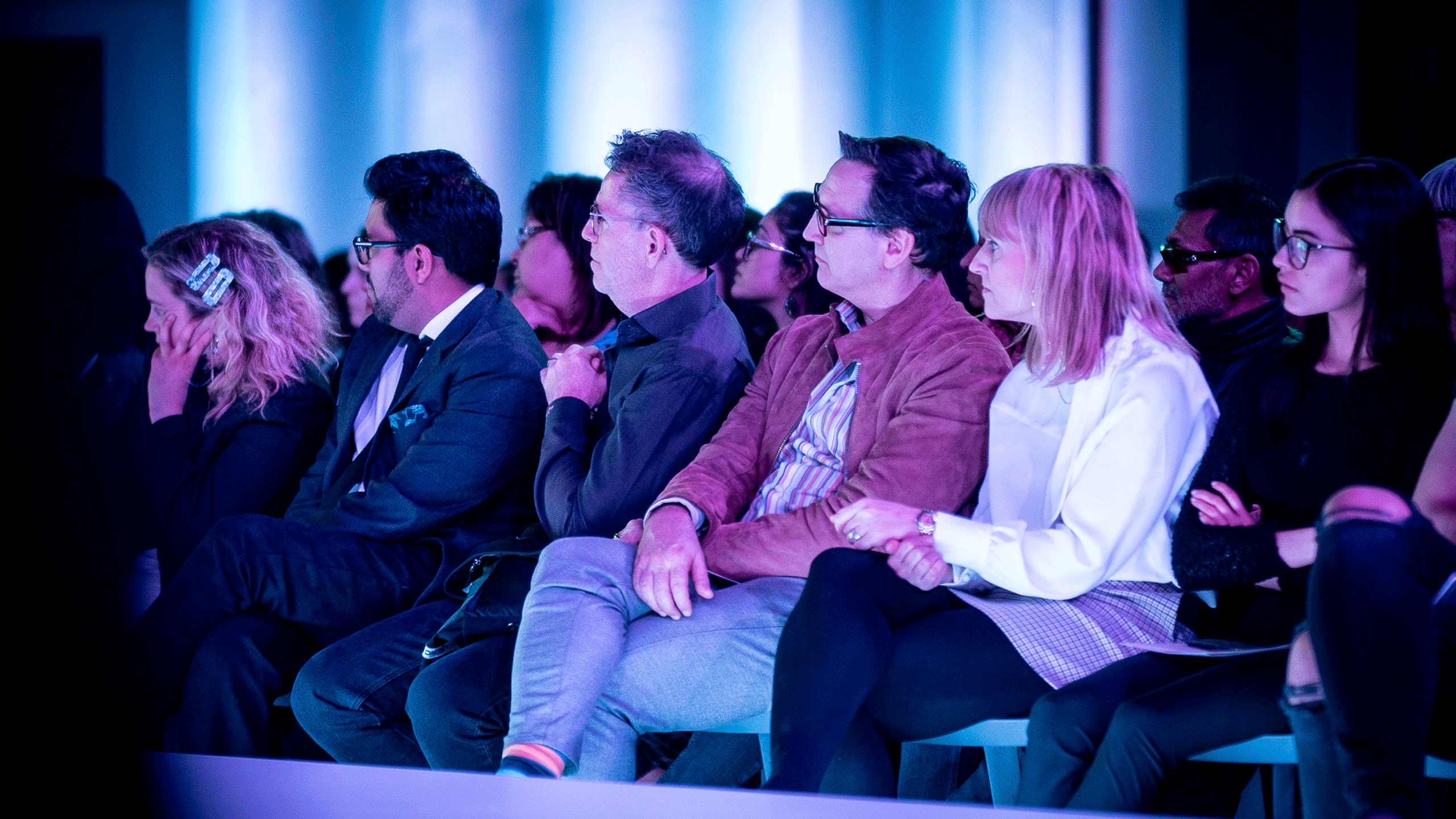
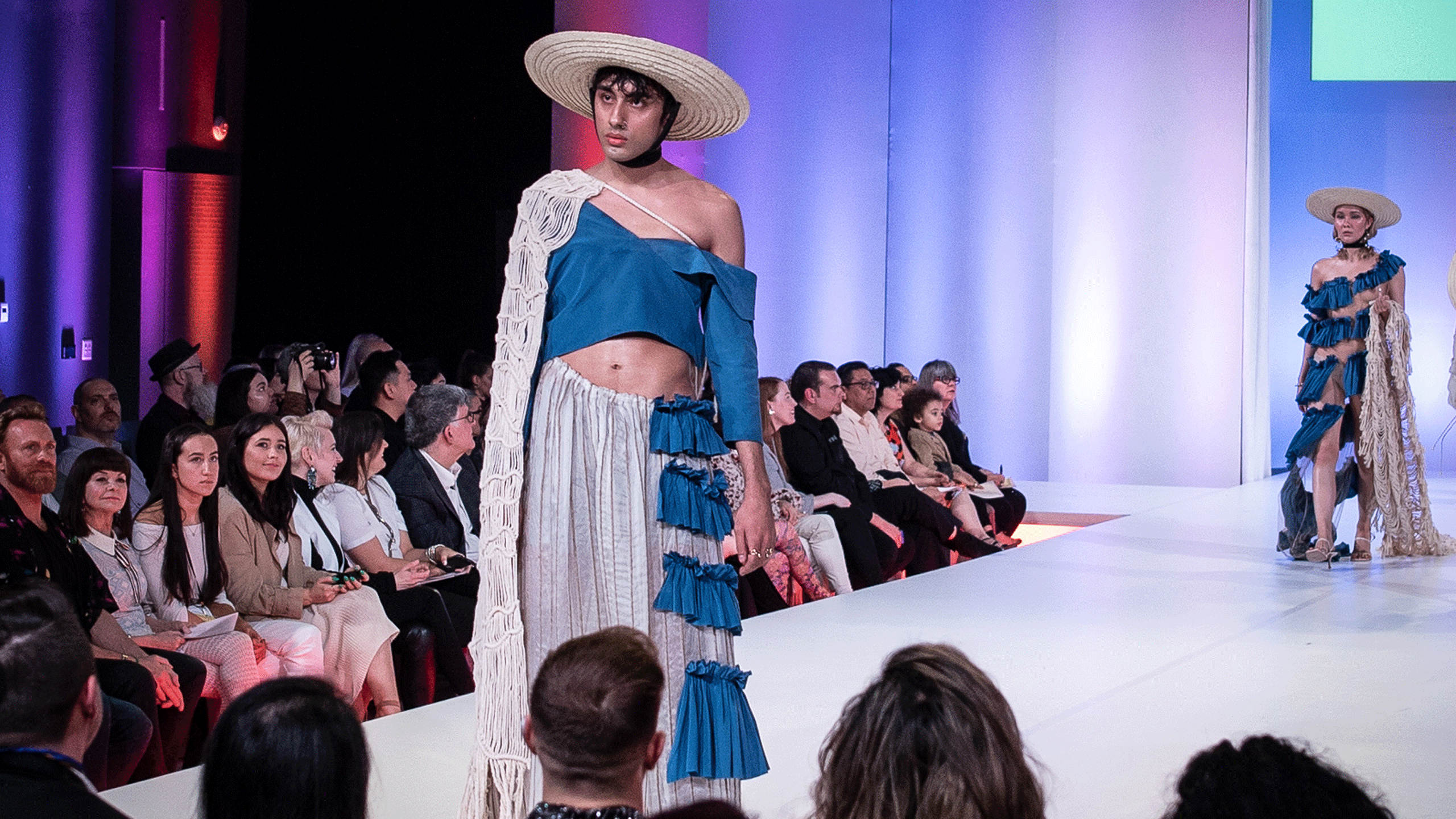
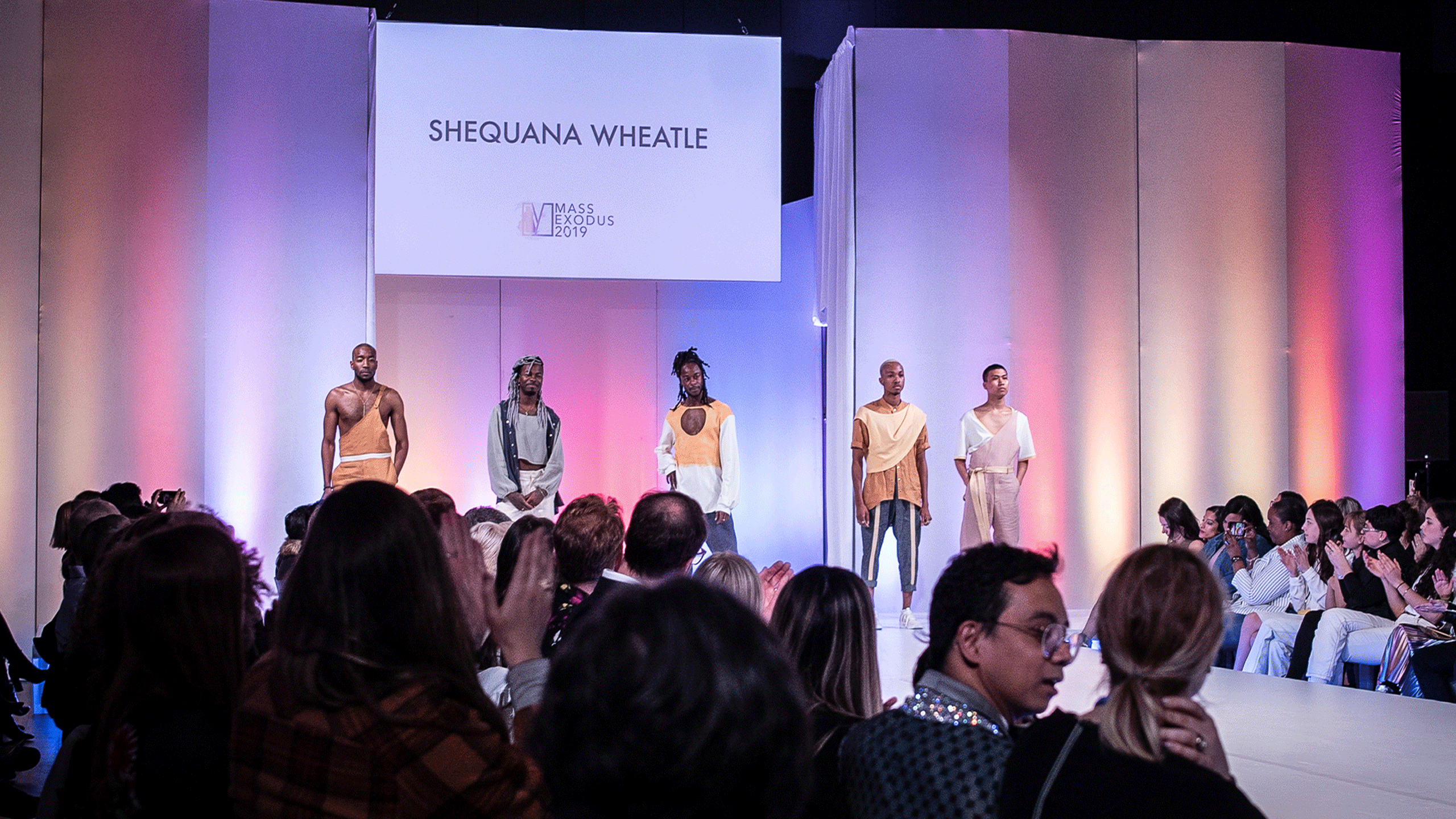
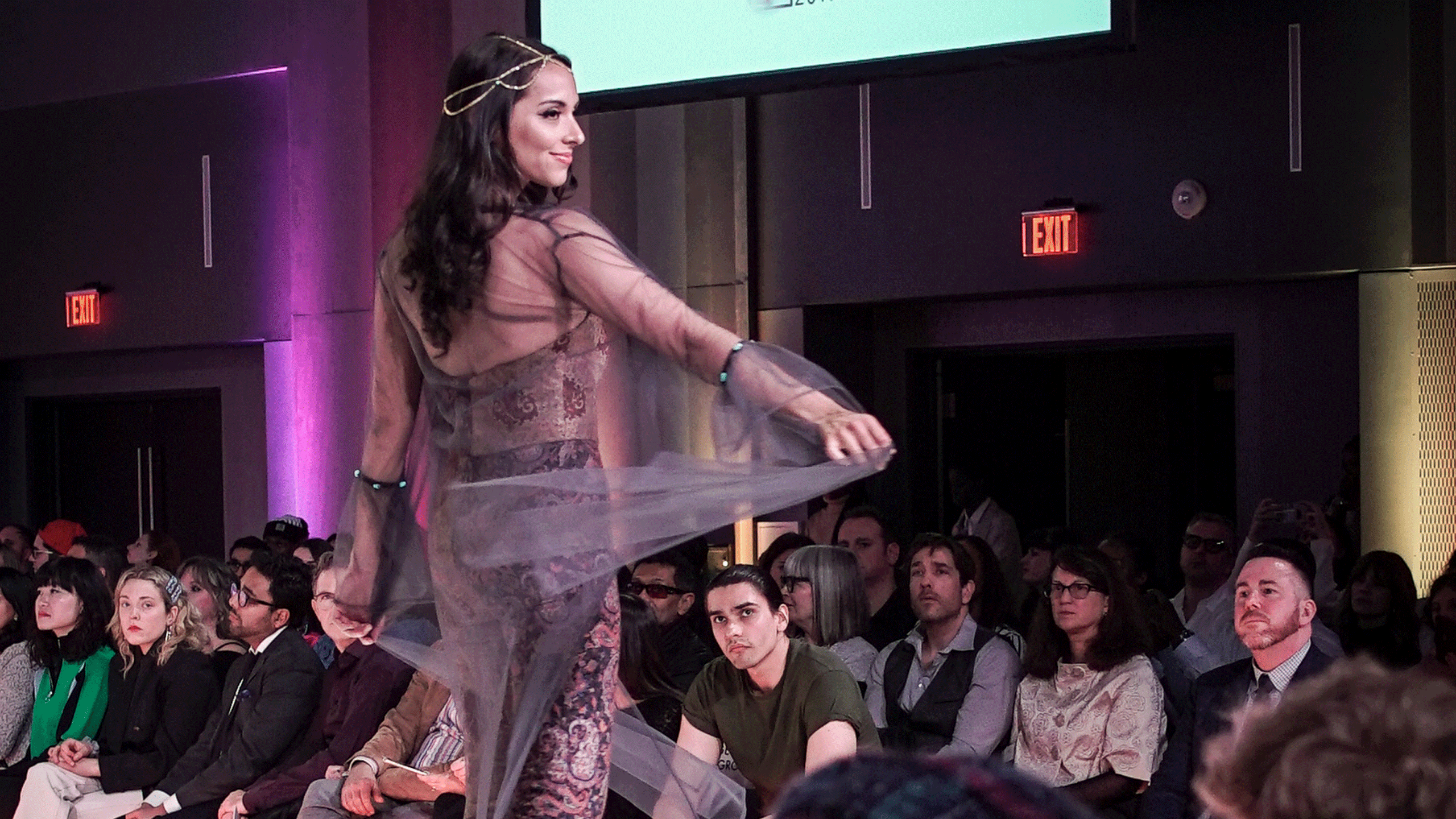
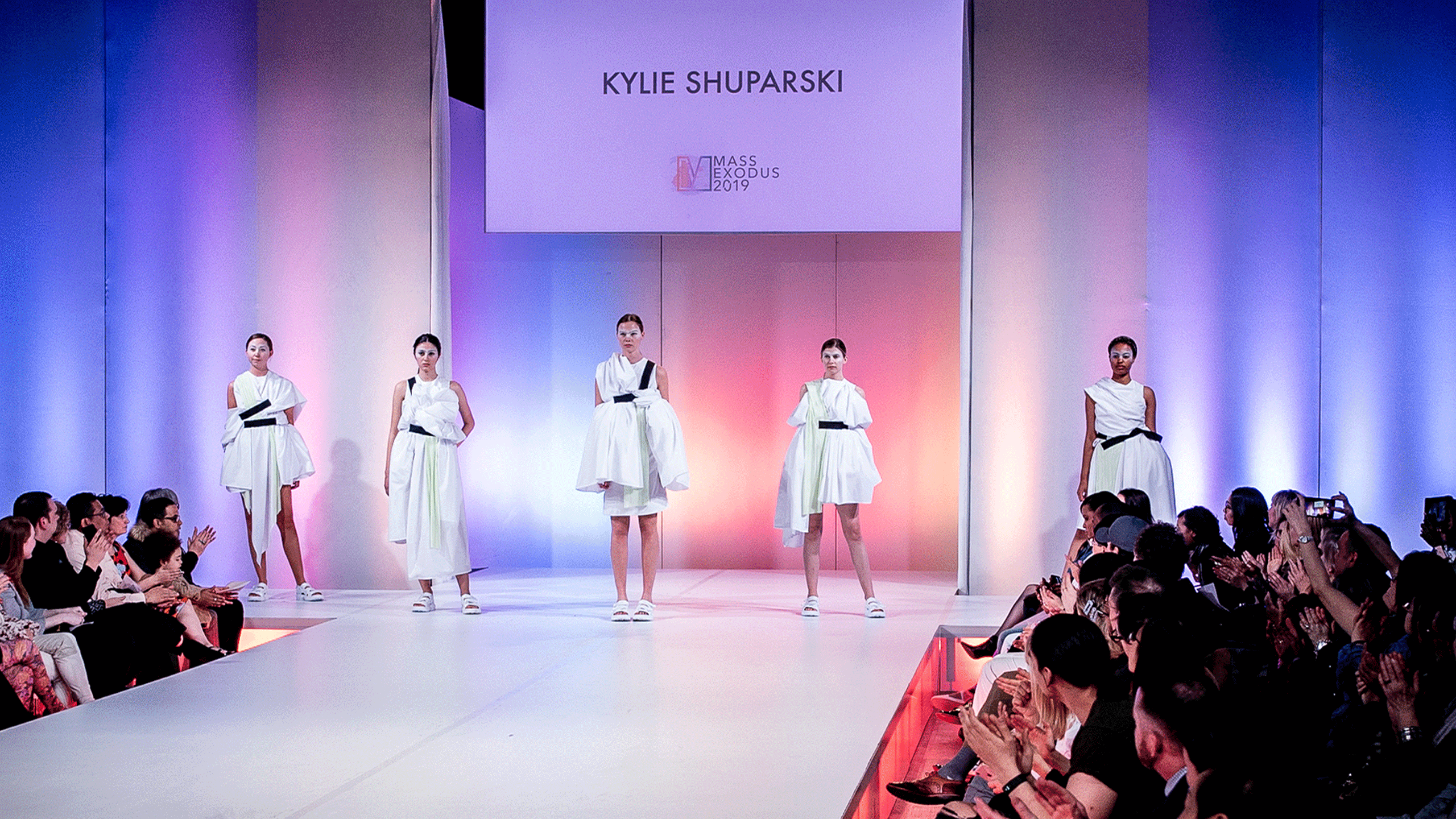
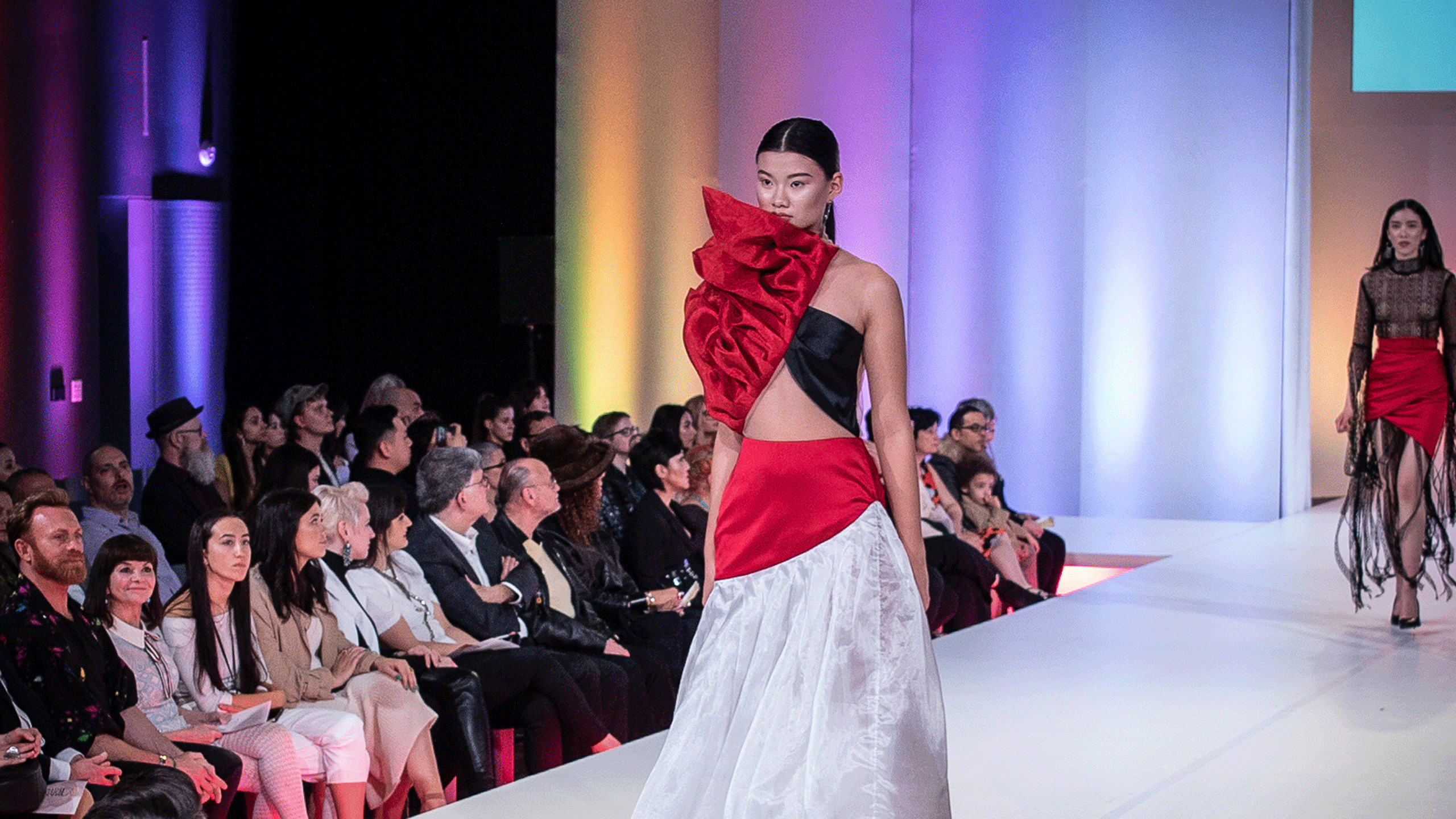
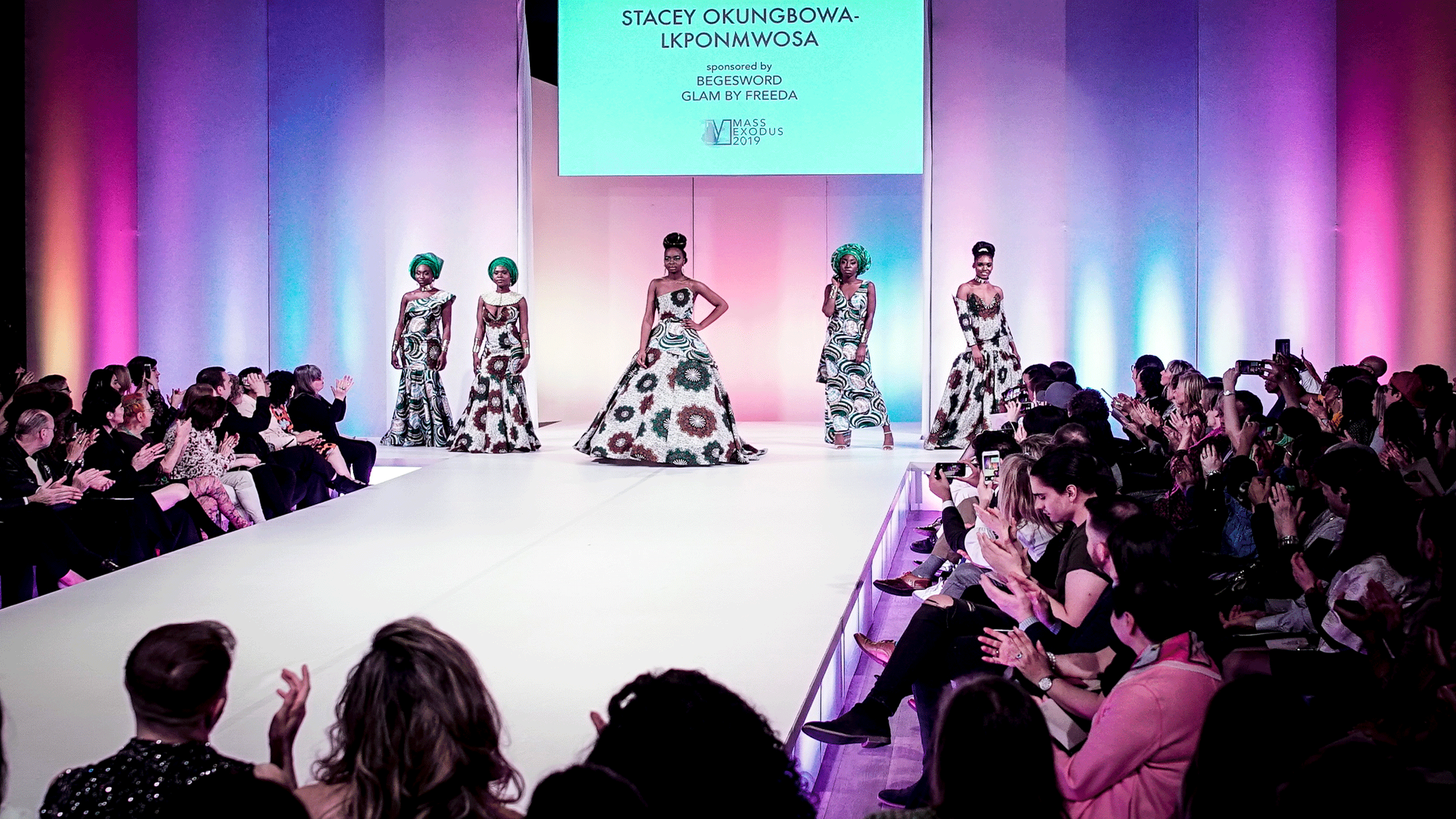
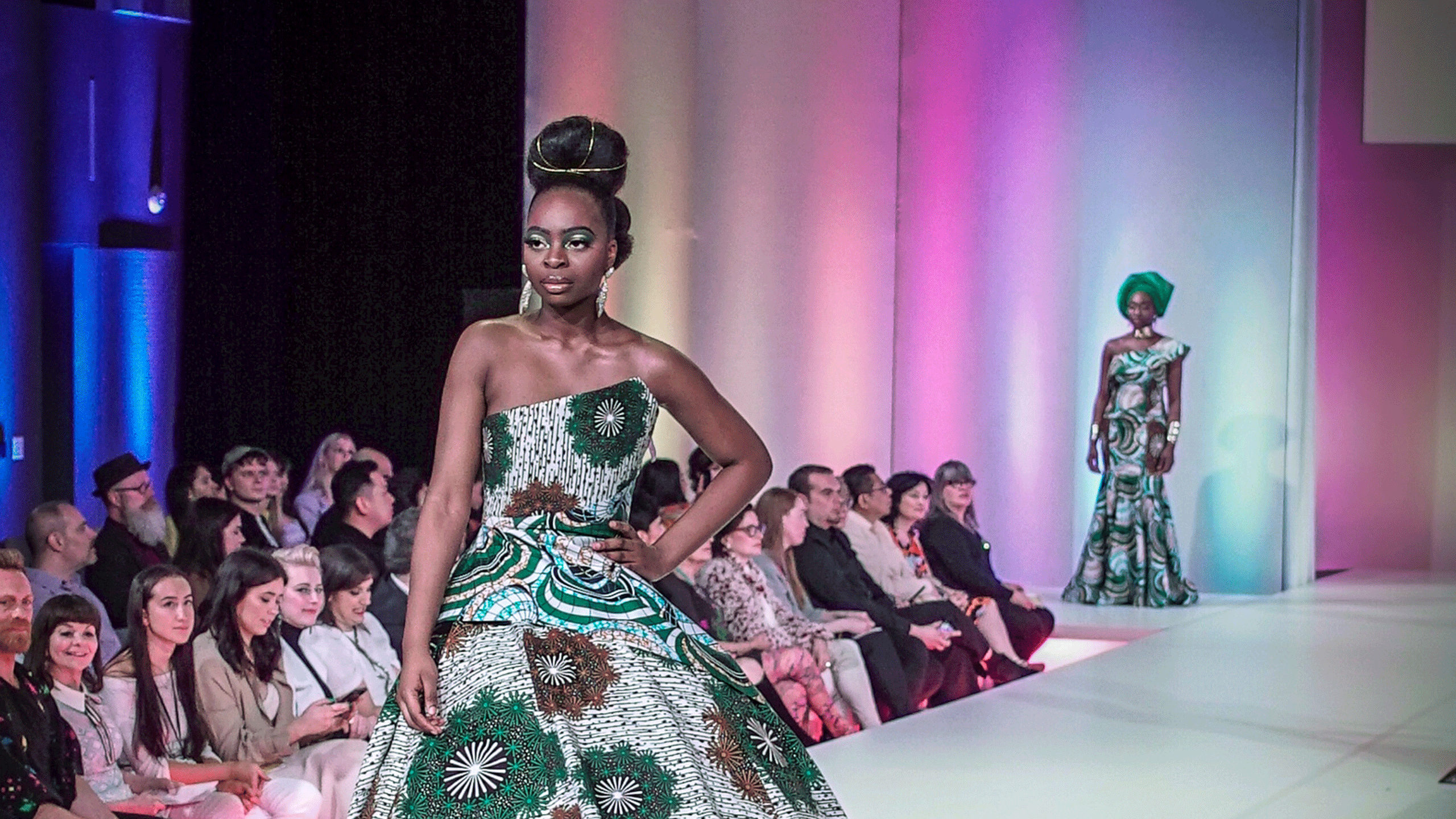

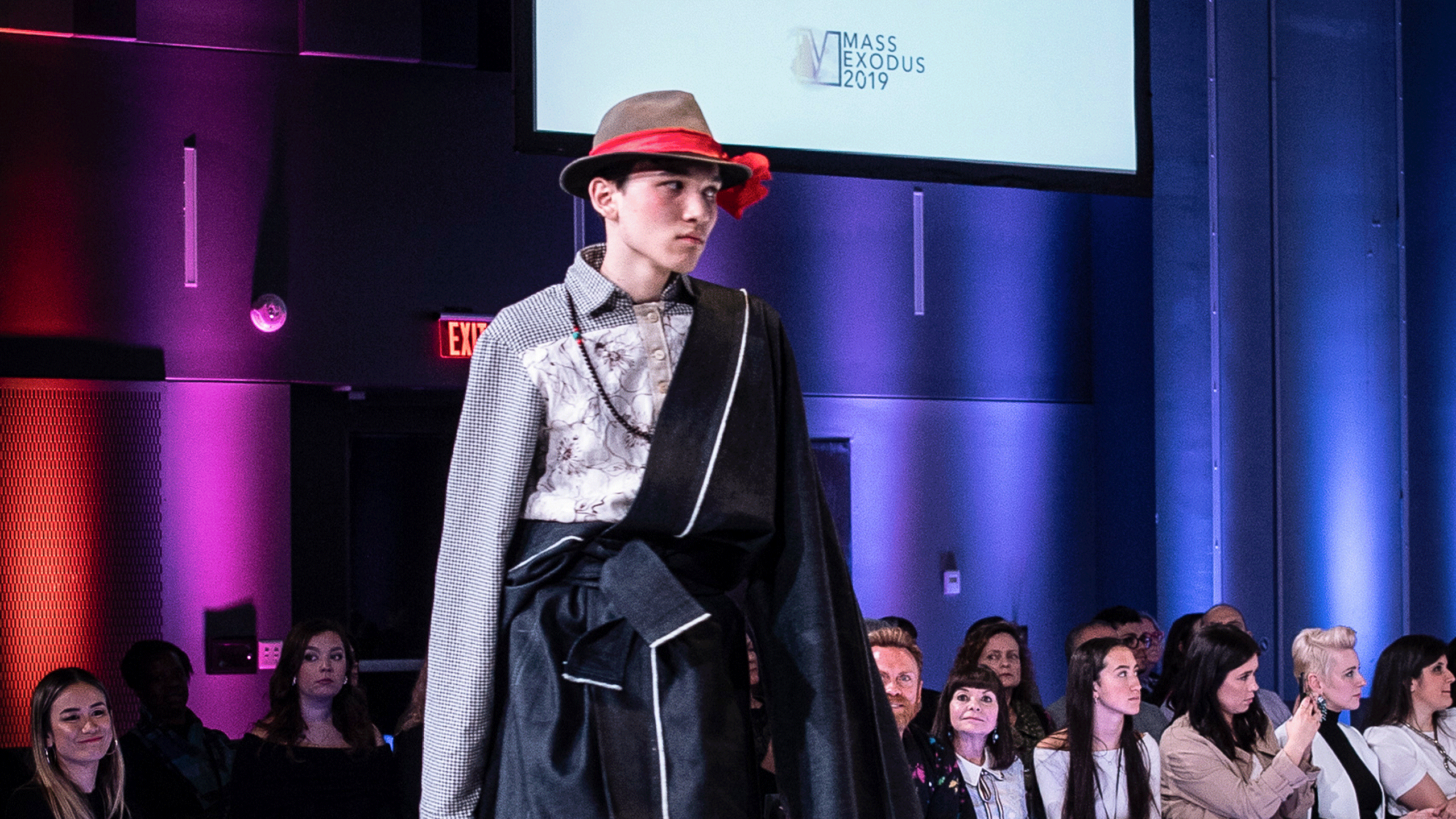
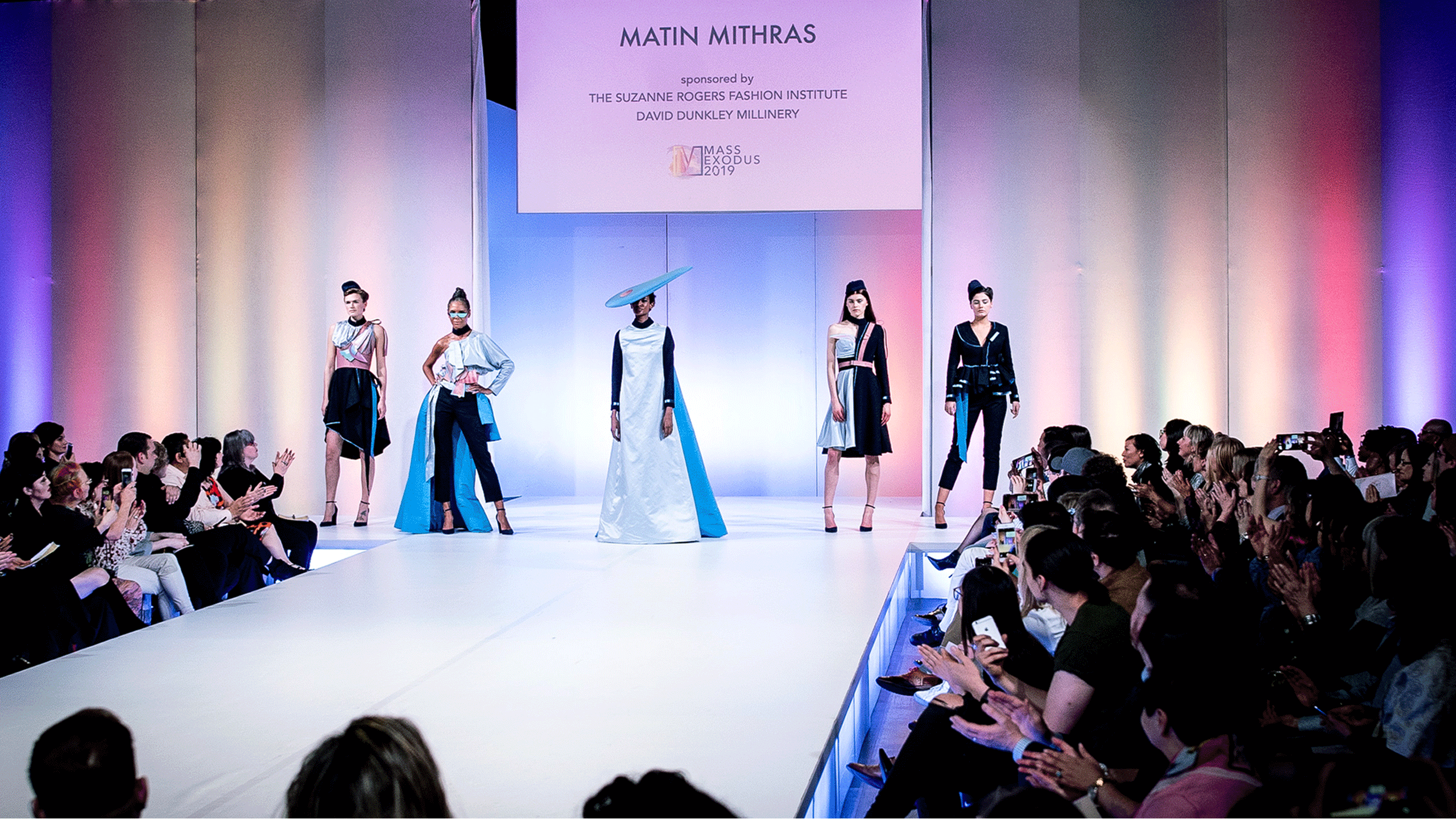
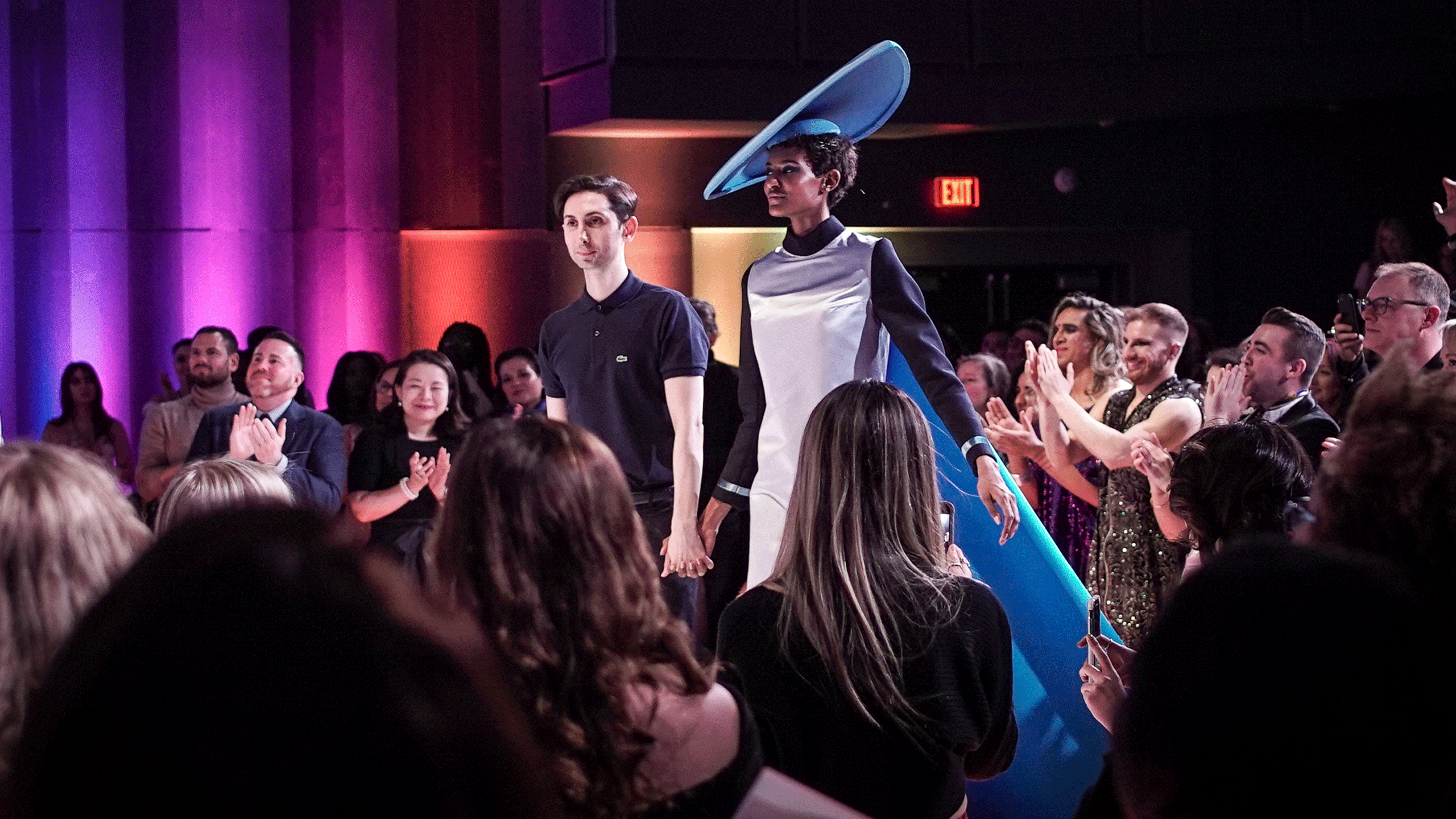










Leave a Reply